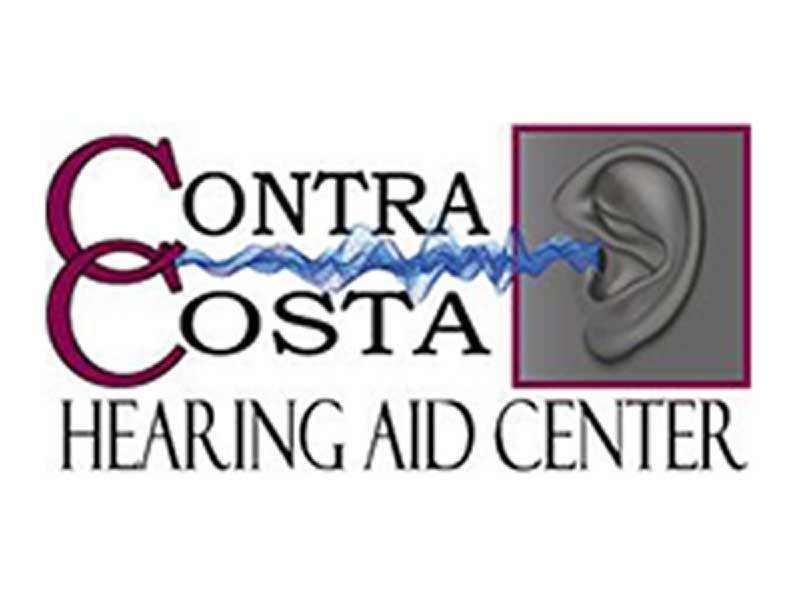It’s popular to think of hearing loss as an inescapable problem connected with aging, or, more recently, as a consequence of the younger generation’s routine use of iPods. But the numbers indicate that the greater problem may be exposure to loud noise at work.
In the United States, 22 million workers are exposed to potentially damaging noise, and an estimated 242 million dollars is expended yearly on worker’s compensation claims for hearing loss, according to the National Institute for Occupational Safety and Health (NIOSH).
What’s more is that higher rates of hearing loss are found in progressively noisier professions, suggesting that direct exposure to sounds above a certain level progressively increases your risk for developing noise-induced hearing loss later in your life.
How loud is too loud?
A study carried out by Audicus revealed that, of those who were not exposed to work-related noise levels over 90 decibels, only 9 percent suffered from noise-induced hearing loss at age 50. In comparison, construction workers, who are repeatedly subjected to sound levels as high as 120 decibels, suffered from noise-induced hearing loss at the age of 50 at a rate of 60 percent!
It seems that 85-90 decibels is the threshold for safe sound volumes, but that’s not the complete story: the decibel scale is logarithmic, not linear. That means that as you increase the decibel level by 3 decibels, the sound level approximately doubles. So 160 decibels is not two times as loud as 80—it’s about 26 times louder!
Here’s how it breaks down: a decibel level of 0 is scarcely noticeable, regular conversation is about 60 decibels, the ceiling for safety is 85-90 decibels, and the death of hearing cells occurs at 180 decibels. It’s the area between 85 and 180 that leads to noise-induced hearing loss, and as would be predicted, the vocations with increasingly louder decibel levels have increasingly higher rates of hearing loss.
Hearing loss by occupation
As the following table displays, as the decibel levels correlated with each profession increase, hearing loss rates increase as well:
| Occupation | Decibel level | Incidence rates of hearing loss at age 50 |
|---|---|---|
| No noise exposure | Less than 90 decibels | 9% |
| Manufacturing | 105 decibels | 30% |
| Farming | 105 decibels | 36% |
| Construction | 120 decibels | 60% |
Any occupation with decibel levels above 90 places its personnel at risk for hearing loss, and this includes rock musicians (110 dB), nightclub staff (110 dB), Formula One drivers (135 dB), airport ground staff (140 dB), and shooting range marshalls (140 dB). In every instance, as the decibel level increases, the risk of noise-induced hearing loss rises with it.
Protecting your hearing
A recent US study on the prevalence of hearing loss in farming discovered that 92 percent of the US farmers surveyed were exposed to harmful noise levels, but that only 44 percent claimed to use hearing protection equipment on a per day basis. Factory workers, on the other hand, tend to adhere to more rigid hearing protection regulations, which may explain why the incidence rate of hearing loss is moderately lower in manufacturing than it is in farming, despite being exposed to similar decibel levels.
All of the data point to one thing: the significance of protecting your hearing. If you work in a high-risk job, you need to take the right precautionary measures. If staying away from the noise is not an alternative, you need to find ways to reduce the noise levels (best achieved with custom earplugs), in addition to making sure that you take recurrent rest breaks for your ears. Limiting both the sound volume and exposure time will minimize your chances of developing noise-induced hearing loss.
If you would like to explore a hearing protection plan for your unique circumstances or job, give us a call. As hearing instrument specialists, we can provide individualized solutions to best protect your hearing at work. We also offer custom earplugs that, in addition to defending your hearing, are comfortable to wear and can maintain the natural quality of sound (in contrast to the muffled sound you hear with foam earplugs).
